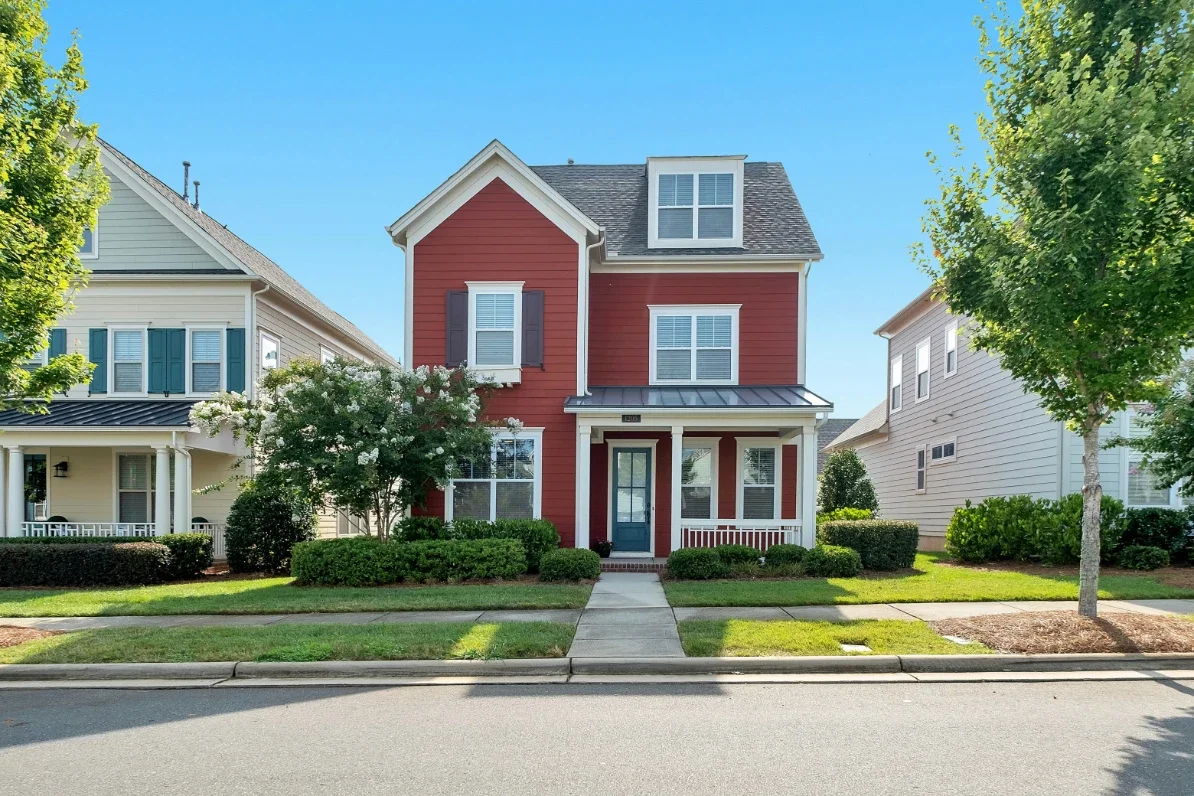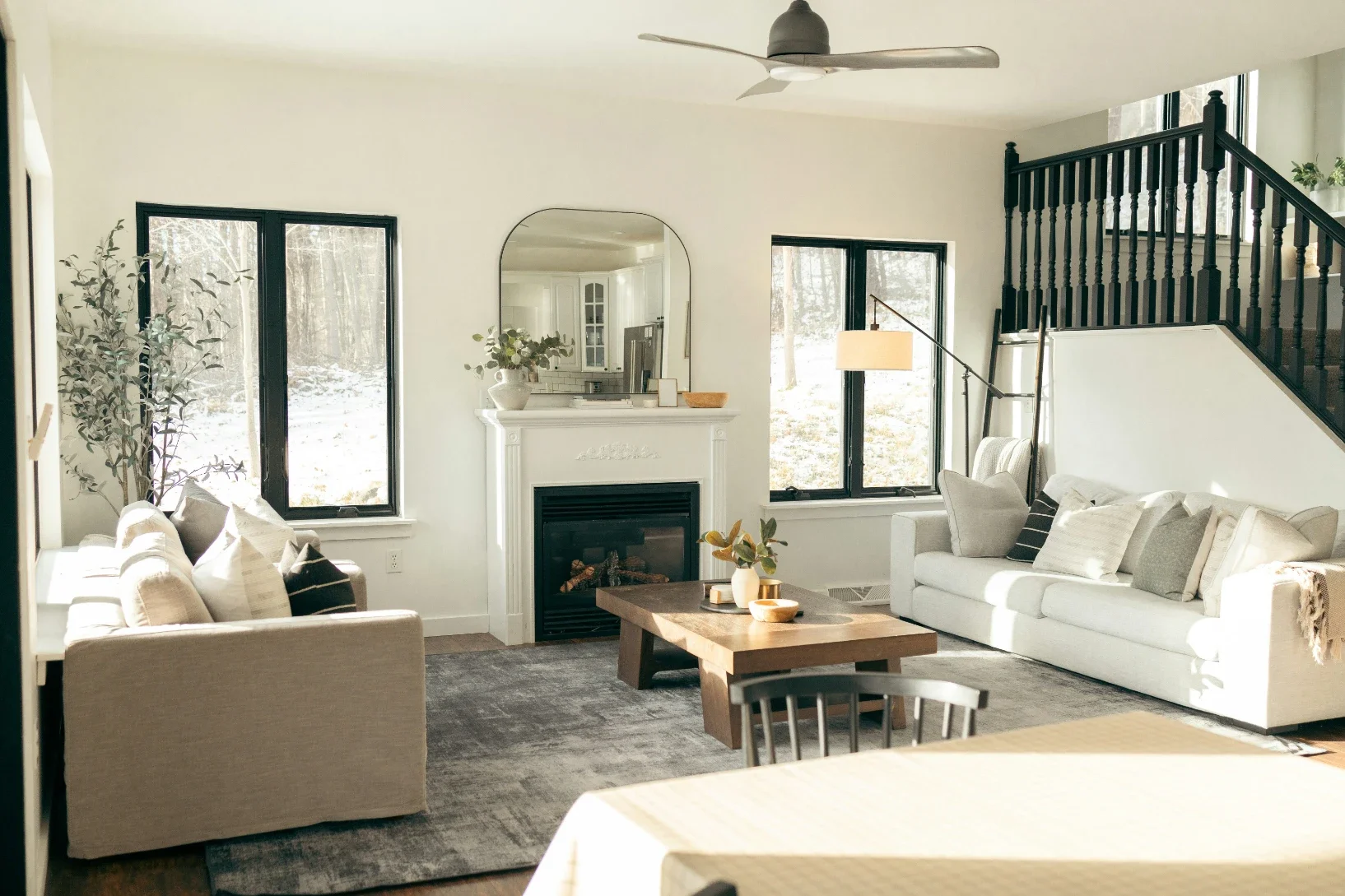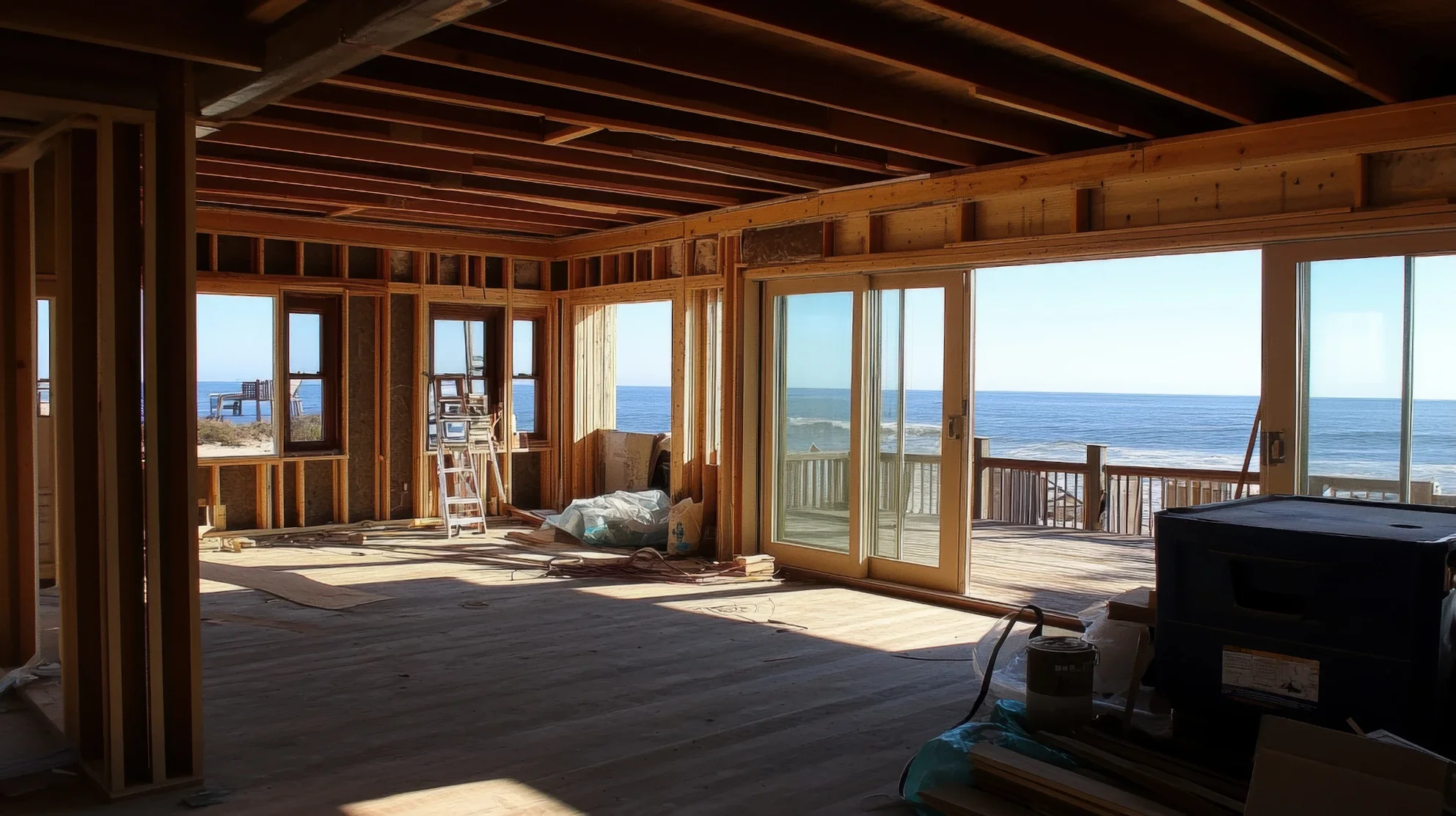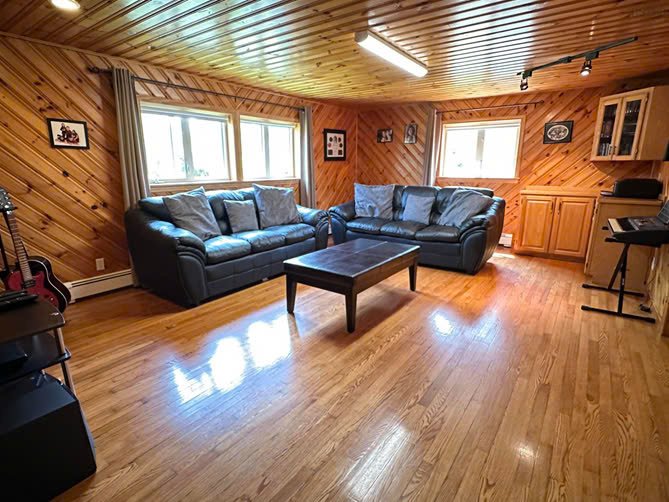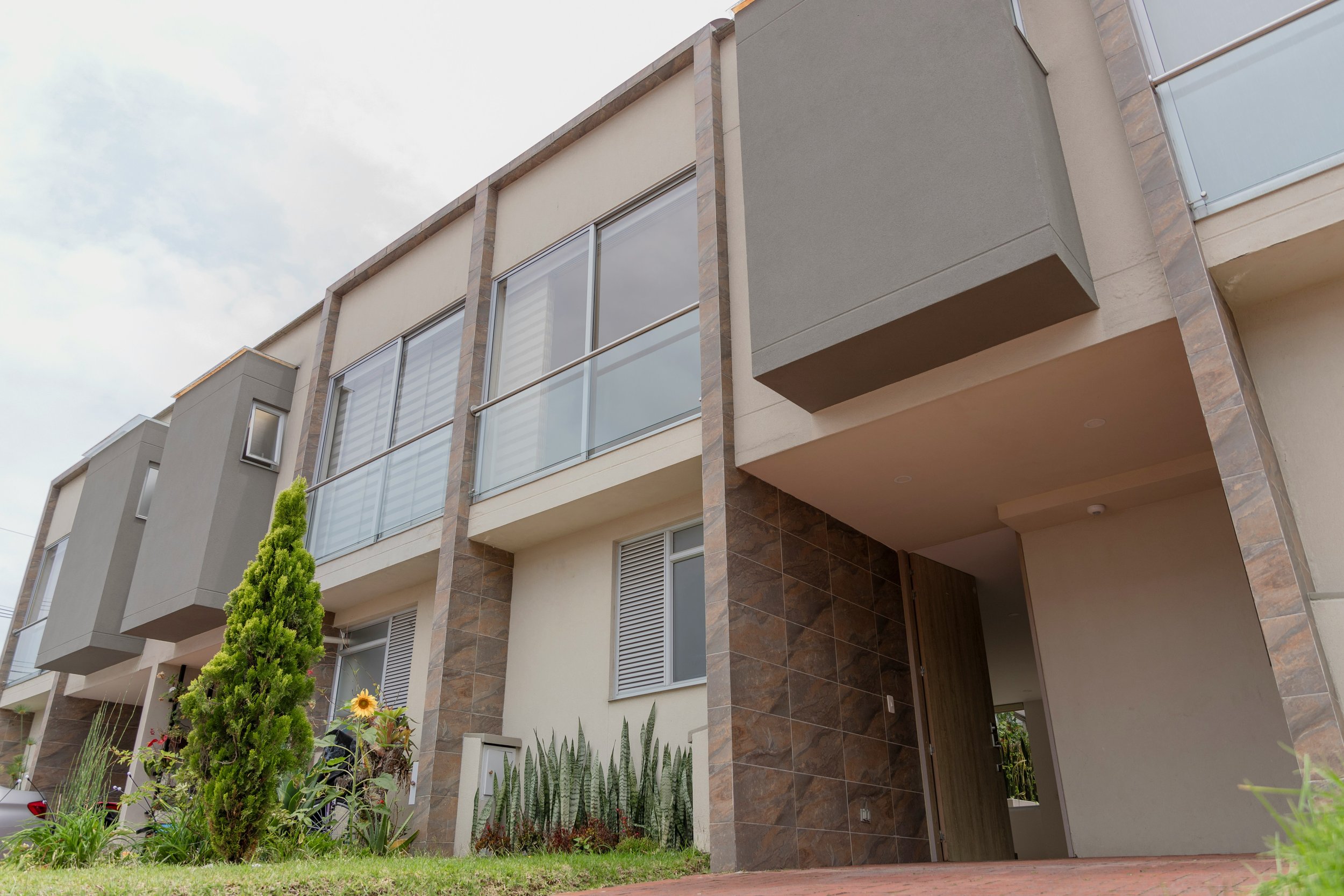How to Build a Real Estate Website
Learn how to build a real estate website with this step-by-step guide, covering design, essential features, and tips for attracting potential buyers and sellers.
In today’s digital age, having a professional real estate website is crucial for standing out in a highly competitive market. Whether you are a seasoned realtor or just starting, a well-designed website can be a powerful tool for attracting potential clients and closing deals. In this guide, we will walk you through the steps how to build a real estate website that not only looks great but also performs exceptionally well on search engines.
Understanding the Importance of a Real Estate Website
A real estate website serves as your digital storefront. It’s the first point of contact for many potential clients and a key element in your marketing strategy. A well-crafted website can:
Establish credibility: A professional online presence boosts trust.
Generate leads: With effective lead capture tools, your website can become a lead generation machine.
Showcase properties: High-quality images and detailed descriptions can help showcase your listings in the best possible light.
Provide valuable information: Blogs, market reports, and other resources can position you as a knowledgeable expert in the field.
Step 1: Define Your Website’s Purpose and Goals
Before you start building your website, it’s essential to define its purpose and goals. Ask yourself:
What do I want to achieve with this website?
Who is my target audience?
What features will help me reach my goals?
For most real estate professionals, the primary goals include generating leads, showcasing property listings, and providing valuable information to potential clients.
Step 2: Choose the Right Domain Name and Hosting Provider
Your domain name is your website’s address on the internet. It should be:
Memorable: Short, easy to spell, and easy to remember.
Relevant: Ideally, it should include keywords related to real estate or your specific niche.
Branded: If possible, use your business name in the domain.
After securing your domain name, you’ll need to choose a hosting provider. Look for hosting that offers:
High uptime: To ensure your website is always available.
Fast loading speeds: Critical for both user experience and SEO.
Security features: SSL certificates, backups, and protection against malware.
Step 3: Select a Website Builder or CMS
Choosing the right website builder or content management system (CMS) is critical. Popular choices for real estate websites include:
WordPress: Highly customizable with numerous real estate themes and plugins.
Wix: User-friendly with drag-and-drop features, ideal for beginners.
Squarespace: Offers sleek designs and built-in SEO features.
WordPress is often the preferred choice due to its flexibility, extensive plugin ecosystem, and SEO capabilities. With WordPress, you can use real estate-specific themes and plugins to add essential features like property listings, lead capture forms, and interactive maps.
Step 4: Design a User-Friendly Layout
Your website’s design should be both aesthetically pleasing and functional. Key design elements include:
Responsive design: Ensure your website looks great on all devices, from desktops to smartphones.
Intuitive navigation: Users should be able to find what they’re looking for quickly.
Clear CTAs: Calls-to-action (CTAs) should be prominent and guide users towards desired actions, such as contacting you or viewing a property.
Visual appeal: Use high-quality images, a consistent color scheme, and clean fonts.
Consider the user experience (UX) at every step. A website that is difficult to navigate will drive potential clients away.
Step 5: Integrate Essential Features and Tools
A real estate website needs specific features to be effective. These include:
Property Listings
The heart of your website should be your property listings. Use a plugin or theme that allows you to:
Display properties: Include high-quality images, virtual tours, and detailed descriptions.
Filter searches: Allow users to search by location, price, property type, etc. Include an IDX search feature so website visitors and customers can easily search up and browse through listings.
Showcase featured properties: Highlight your best listings on the homepage.
Lead Capture Forms
Lead capture forms are essential for turning visitors into potential clients. These forms should:
Be easy to fill out: Only ask for necessary information (e.g., name, email, phone number).
Be strategically placed: Include forms on property pages, blog posts, and the homepage.
Offer incentives: Consider offering a free e-book, market report, or consultation in exchange for contact information.
Contact Information and Maps
Make it easy for visitors to contact you. Include:
Contact forms: Simple forms for inquiries.
Phone numbers and email: Visible and clickable for mobile users.
Office address: Integrated with Google Maps for easy navigation.
Blog and Resource Section
A blog is a powerful tool for SEO and establishing yourself as an expert. Topics to cover include:
Market trends: Share insights on the local real estate market.
Home buying tips: Offer advice for first-time buyers.
Neighborhood guides: Provide in-depth looks at different areas.
Regularly updating your blog with keyword-rich content will help your site rank higher on search engines.
Step 6: Optimize Your Website for SEO
Search engine optimization (SEO) is crucial for driving organic traffic to your website. Key SEO practices include:
On-Page SEO
Keyword research: Identify relevant keywords and incorporate them into your content, titles, and meta descriptions.
Quality content: Write in-depth, informative content that answers common questions.
Internal linking: Link to other pages on your site to keep users engaged and help search engines understand your site structure.
Optimized images: Use alt tags and compress images to ensure fast loading times.
Technical SEO
Mobile-friendliness: Google favors mobile-friendly websites. Ensure your site is responsive.
Page speed: Use tools like Google PageSpeed Insights to test and improve your site’s loading times.
Secure website (HTTPS): An SSL certificate is a must for security and SEO.
Off-Page SEO
Backlink building: Reach out to other websites for guest posting opportunities and link-building partnerships.
Social media integration: Promote your content on social media platforms to drive traffic and gain backlinks.
Step 7: Test and Launch Your Website
Before launching, thoroughly test your website. Check for:
Broken links: Ensure all internal and external links work correctly.
Form functionality: Test all lead capture and contact forms.
Responsive design: Make sure your site looks and works well on all devices.
SEO setup: Verify that your meta tags, keywords, and other SEO elements are correctly implemented.
Once everything is in place, you’re ready to launch. Promote your website through email campaigns, social media, and local advertising to start attracting visitors.
Step 8: Monitor and Improve
Launching your website is just the beginning. To stay competitive, you must continuously monitor and improve your site. Use tools like Google Analytics and Search Console to track performance. Pay attention to:
Traffic sources: Understand where your visitors are coming from.
User behavior: Monitor which pages are most popular and where users drop off.
Conversion rates: Track how many visitors become leads.
Regularly update your content, refresh your blog, and keep your property listings current. The real estate market is dynamic, and your website should reflect that.
Building a real estate website is a significant investment in your business’s future. By following these steps and focusing on delivering value to your visitors, you can create a site that not only attracts potential clients but also helps you stand out in a crowded market.



